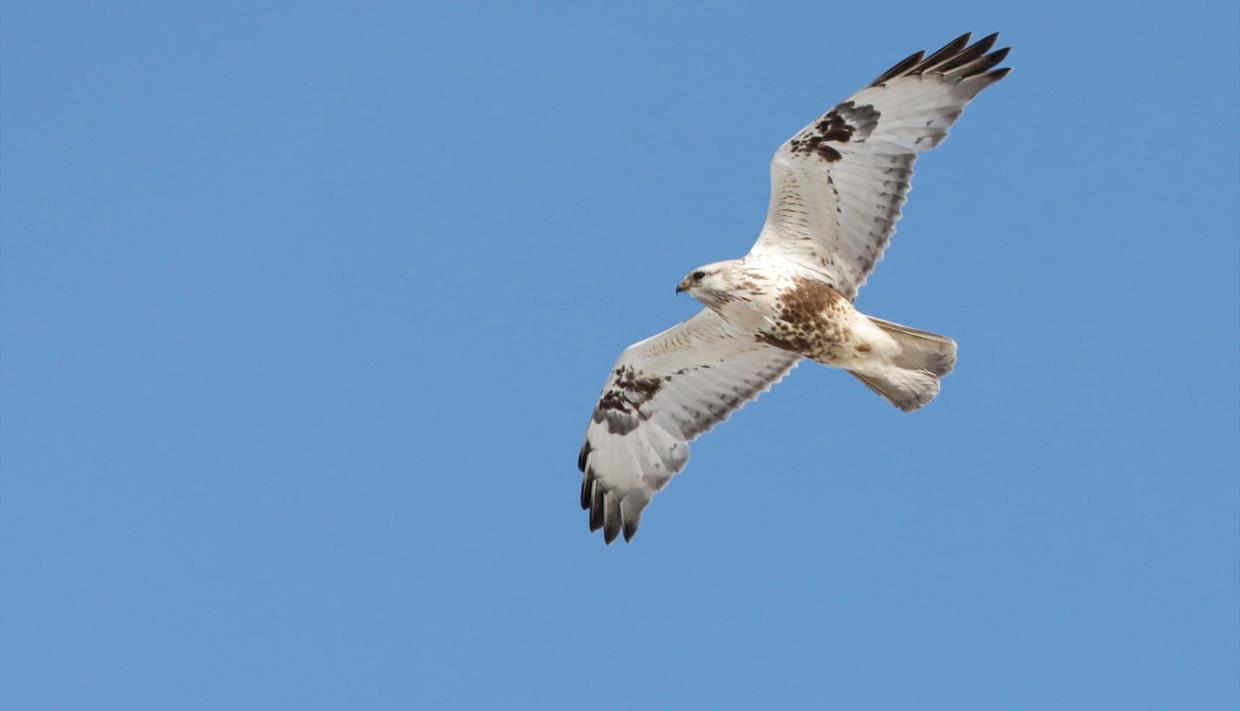Birdwatching - Langsua NP and Hynna
About
The region between Gausdal and Valdres has had several names, such as Gausdal Vestfjell and Huldreheimen. After the extension and renaming of the former Ormtjernkampen National Park to Langsua National Park, however, Langsua has become the most commonly used name for the whole area. This is a large area with a distinct wilderness character featuring high altitude wetlands and montane spruce and birch forests. In connection to the Langsua National Park several nature reserves have been established, i.e. Røssjøen Nature Reserve, Oppsjømyra Nature Reserve and Hynna Nature Reserve.
The bird life is represented by species typical for this environment. Here you will find Willow Ptarmigan, Black-throated Diver, Slavonian Grebe, Hen Harrier, Common Crane, Whimbrel, Common Greenshank, Green Sandpiper, Short-eared Owl, Whooper Swan, White-throated Dipper, Great Grey Shrike, and Siberian Jay, as well as Great Snipe and even Broad-billed Sandpiper. For the latter two the area is among the most important breeding grounds of the species in Norway. Of other wildlife, moose are abundant.
The area is best explored by foot off the beaten track. You will need equipment and clothing accordingly.
Kittilbu: The two lakes called Kittilbutjerna usually hold breeding Slavonian Grebe. At the eastern lake, there's a 3 km long circular cultural path leading through a nice biotope starting at Kittilbu Utmarksmuseum. At the western lake Kittilbutjønna, there's a bird hike close to the road.
Oppsjømya: Lake Oppsjøen usually has at least two pairs of Black-throated Diver as well as Whooper Swan. Whimbrel, Green Sandpiper, Common Greenshank and in some years Broad-billed Sandpiper breed in the wettest parts of the wetland. The surrounding montane birch forest is home to Brambling and Redwing.
Røssjøen/Ongeltjerna: Explore the areas on both sides of the road between Lenningen and Lundesetrene. In the hillside south of Røssjøkollane you can find the rare bearded bellflower (Campanula barbata), which has an isolated occurance just here in this limited area and otherwise only can be found in the Alps and Carpathian Mountains. To the East the lakes Ongeltjerna are worth a try. If you're lucky, you might find Red-necked Phalarope here, but chances are that it'll be "just" some Tufted Ducks. You might flush a Capercaillie in the forest, though. At Lundesetrene, Yellow Wagtail is a common sight.
Hynna: Hynna Nature Reserve is an internationally important wetland with Ramsar-status. Here you will find many vulnerable bird species that need large areas of natural habitat such as Golden Eagle and Rough-legged Buzzard that hunt over the open land and cranes and waders that breed in the wetlands. Northern Hawk Owl may be seen on a lookout in a dead tree top, and on a walk in the light summer nights lekking Great Snipes may be observed.
Best season: From early June when the road opens (it is closed during winter) to mid July. The waders start on their southward migration very early.
Directions: Road 2442 (also called Vestfjellvegen) from either Fagernes/Etnedal or Gausdal. From Holsbrua, a side road leads all the way to the DNT cabin Liomseter.
NB! This is a vulnerable environment. Please behave respectfully and avoid unnecessary disturbances of the birdlife. Please also make sure you have the equipment and knowledge needed for hikes in the wilderness. Stay safe.



















